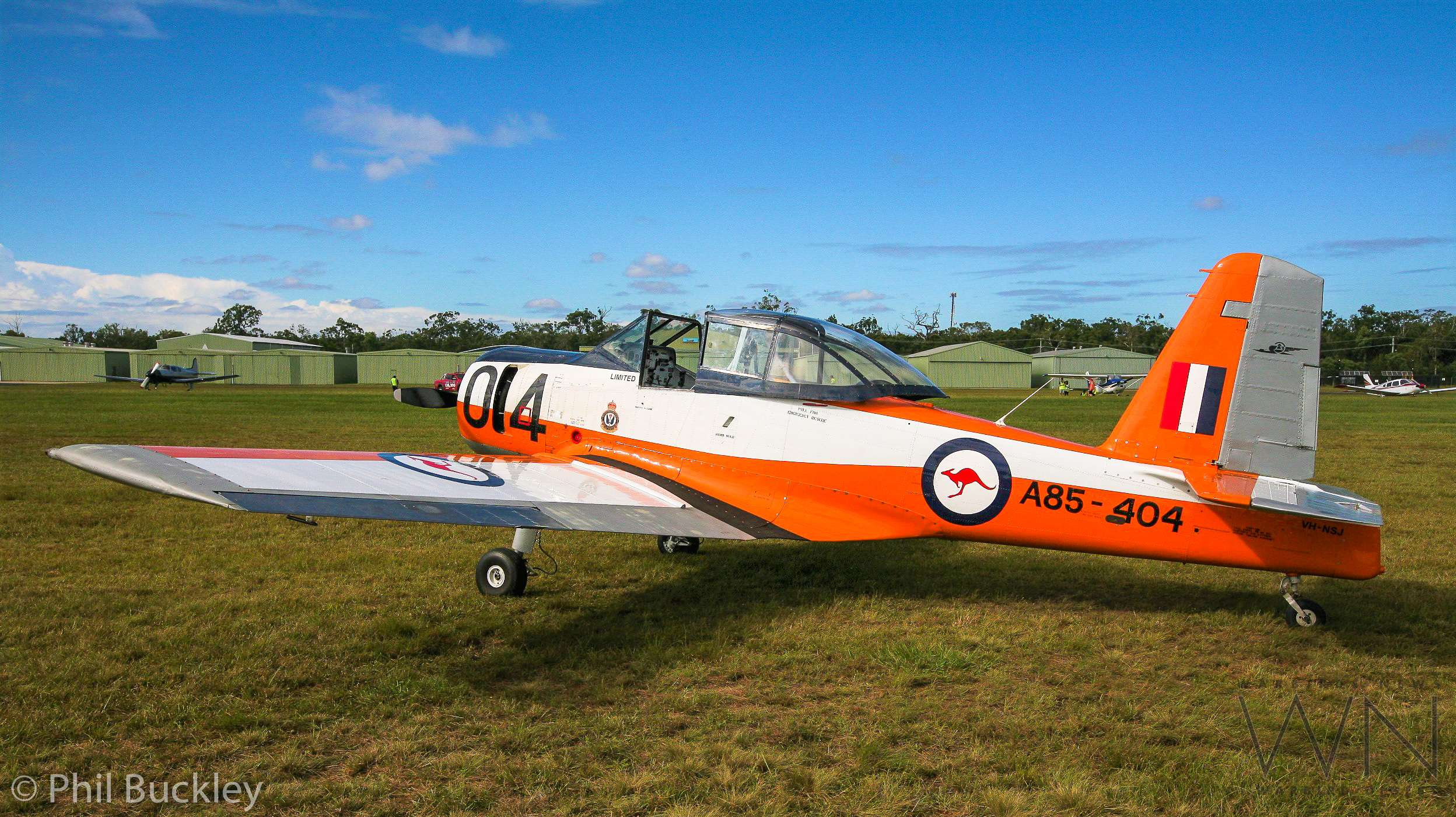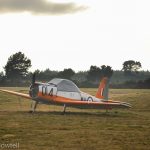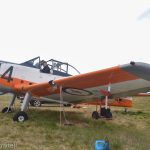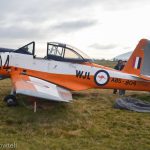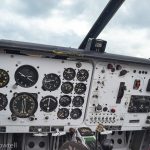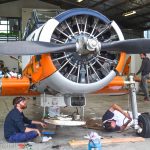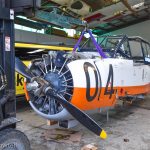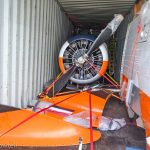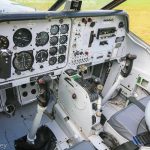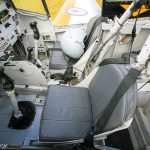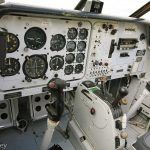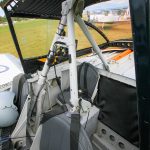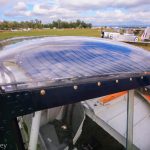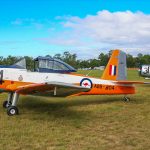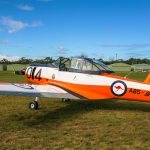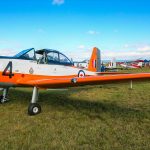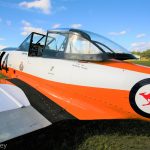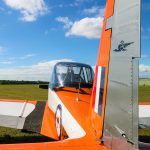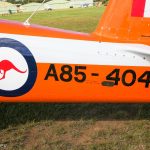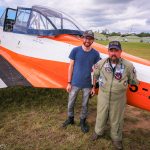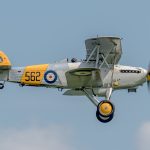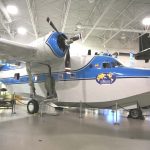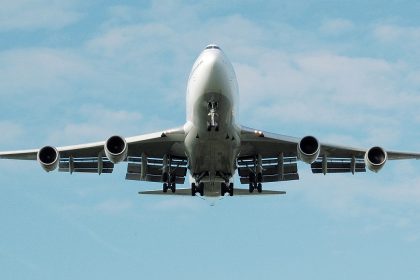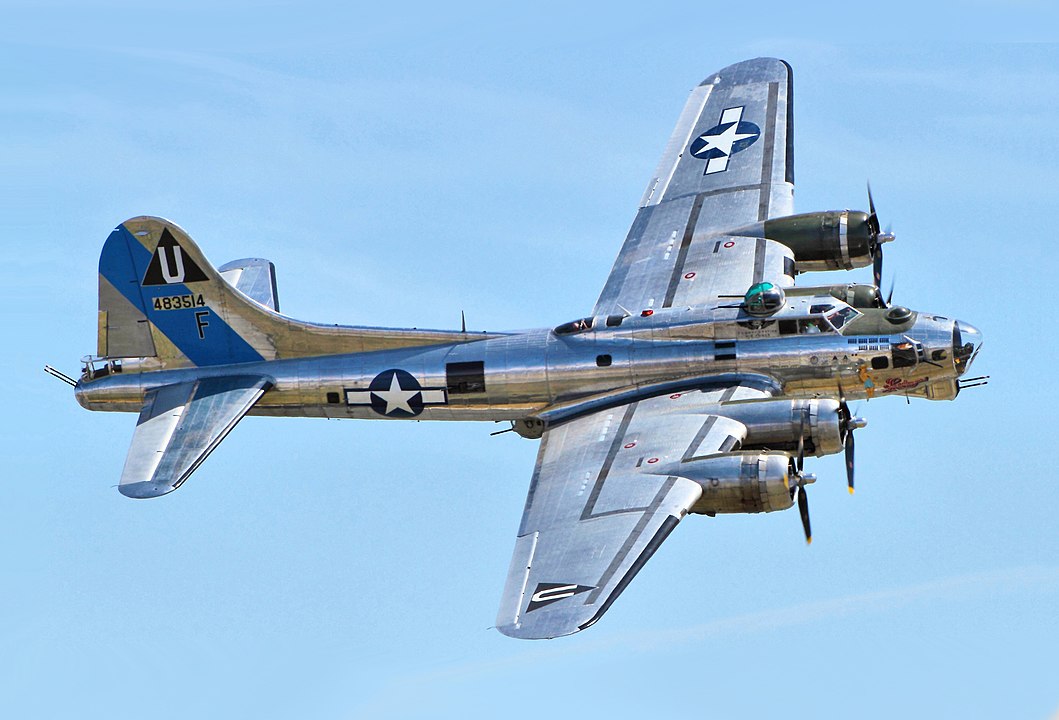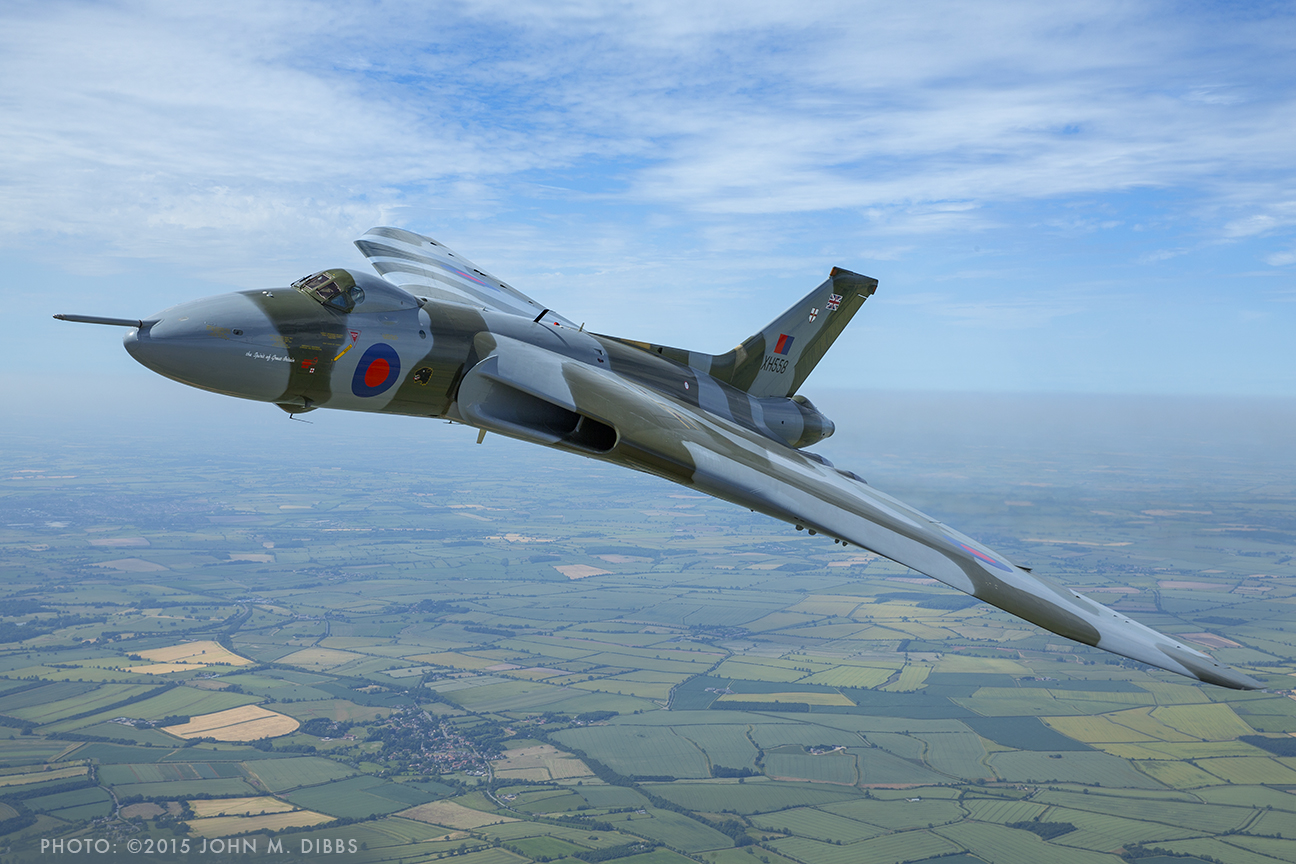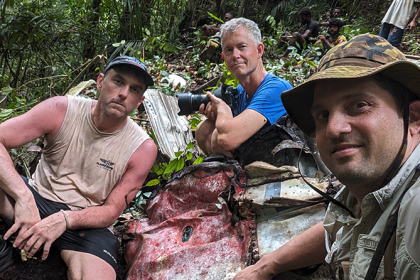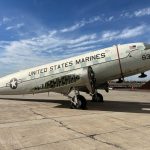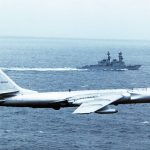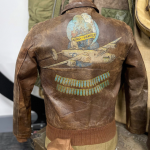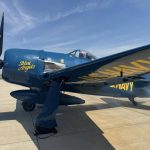Winjeel ‘404 – A Home Coming and Return to Flight
In the early 1950s, the Commonwealth Aircraft Corporation (CAC) at Fishermans Bend in Victoria, Australia designed a new trainer for the Royal Australian Air Force to replace its aged WWII-era deHavilland Tiger Moth and CAC Wirraway fleets. The resulting aircraft was a robust and reliable piston-powered design named the CA-25 Winjeel. ‘Winjeel’ is derived from an Aboriginal word for ‘young eagle’. The prototype Winjeel, RAAF serial A85-364, was actually designated as the CA-22. It flew for the first time on February 2nd, 1951. Initial testing revealed a few design flaws, but also that it was too stable and therefore not challenging enough for trainee pilots. CAC modified the design, which included enlarging the tail fin and shifting it forwards 38″ while also moving the engine forwards by 7″. After proving the updated design, re-dubbed the CA-25, the first production aircraft, A85-401, took to the skies on February 23rd, 1955. After flight testing, the RAAF deemed it a success and began accepting the aircraft into service that August.
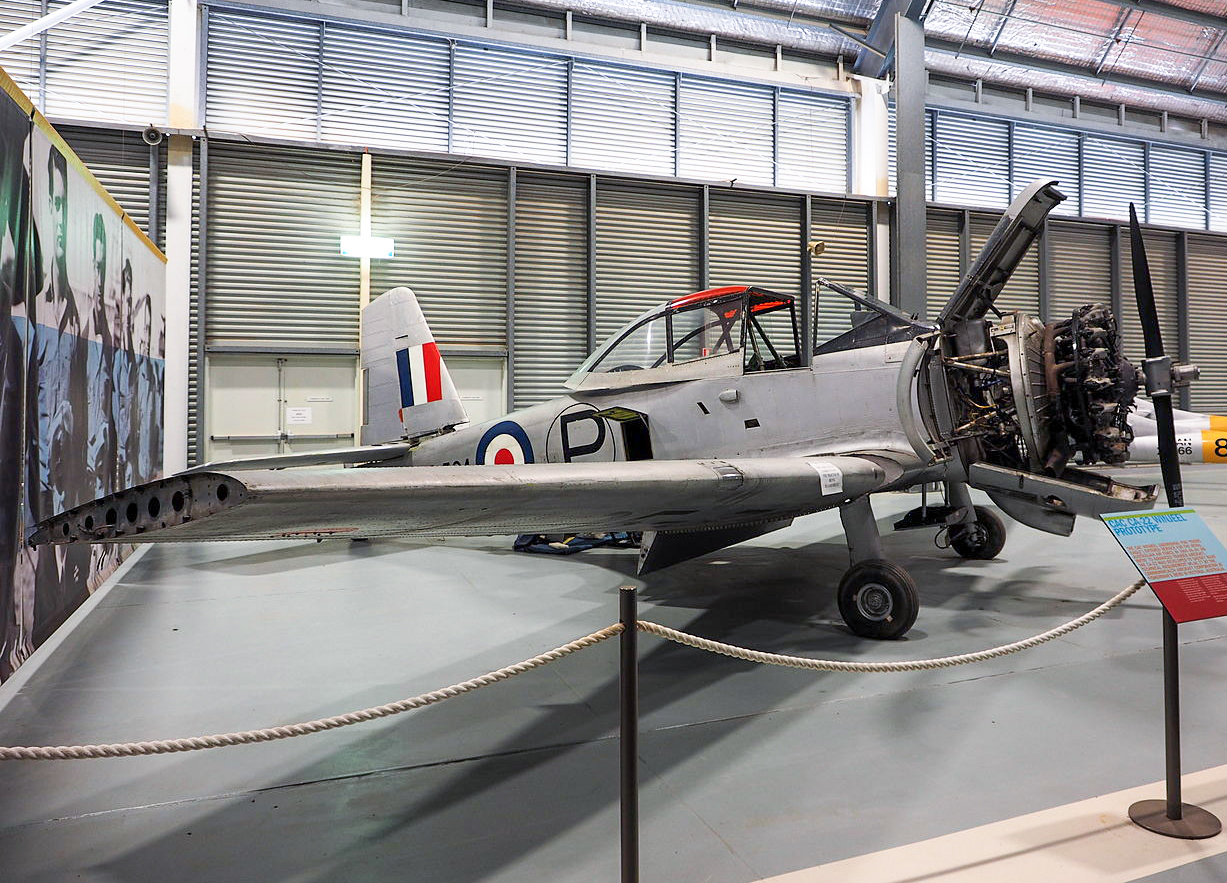
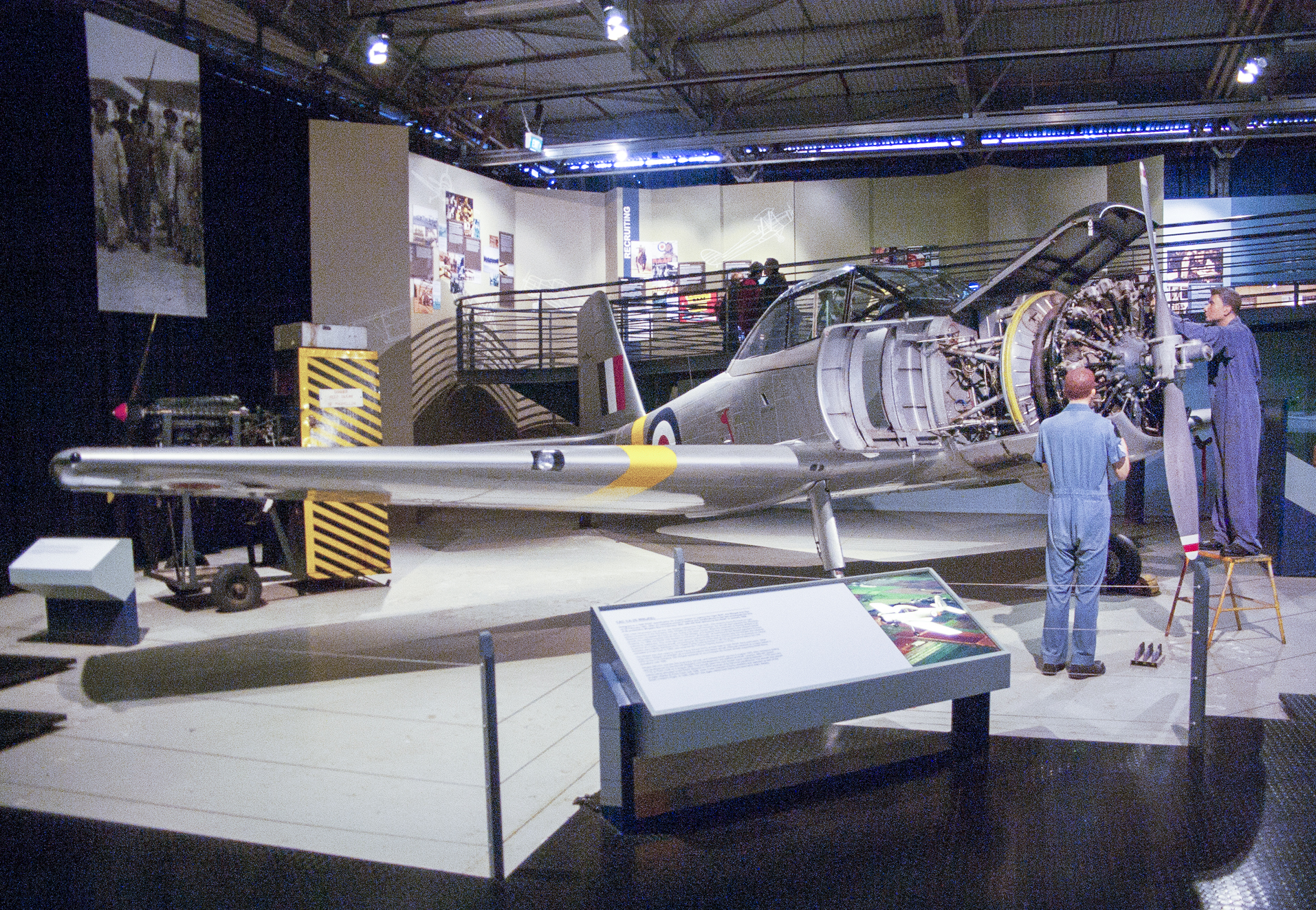
During the type’s long service career, RAAF Winjeels trained pilots across all three Australian military services – Air Force, Army and Navy. Winjeels were a frequent sight in Victorian skies at RAAF bases East Sale and Point Cook. By the 1970s, Winjeels were were showing their age, and the RAAF was also now planning for a new, all-jet training syllabus. However, the RAAF discovered their ideas for an all-jet training proposal unsatisfactory and instead opted to purchase the New Zealand-designed CT/4A Airtrainer for its basic pilot training fleet. Curiously, despite most of the Winjeel fleet entering retirement in the 1970s, the RAAF kept some of them for use as Forward Air Controller aircraft, or FACs. Unsurprisingly, these FAC-birds wore a camoflauge scheme instead of the types more typical training colors. They would mark ground targets with smoke bombs. These type served in this role until its final retirement from RAAF service with the standing down of 76 Squadron’s remaining 14 examples at Williamtown in 1994.
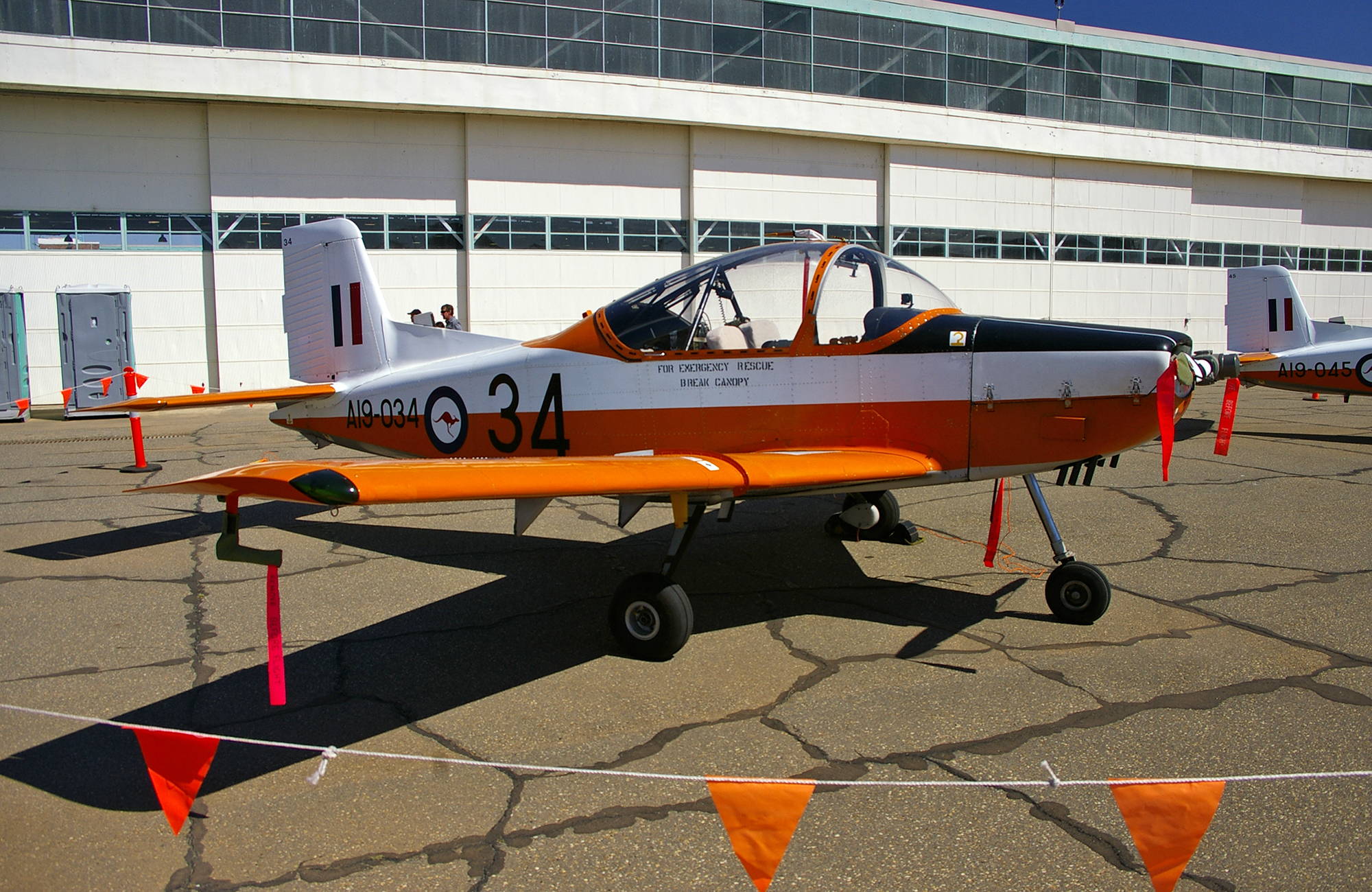
Winjeel A85-404 rolled off the CAC production line in Melbourne. The RAAF accepted her for service at No. 1 Aircraft Depot (1 AD) in Laverton during October 1955. That November 1955 the Winjeel received an assignment to RAAF base East Sale, Victoria. In April 1956, ‘404 moved to No. 1 Basic Flying Training School (1 BFTS) at RAAF Uranquinty in New South Wales. She then moved in November, 1958 to RAAF Base Point Cook, Victoria. In January 1959 the trainer joined 22 Squadron at RAAF Base Richmond. By January 1960 she transferred to 2 AD, also at Richmond. After a few more months ‘404 joined 34 Squadron at RAAF Fairbairn, near Canberra. The Winjeel remained with 34 Squadron until mid-1964 when she moved back to 1 BFTS, and then again to RAAF Base East Sale. By 1967 ‘404 went to the Airframe Repair Workshops (ARW) at Parafield in Adelaide, South Australia. She rejoined 1 BFTS following overhaul and remained there until withdrawn from service and put up for public tender in December, 1977. At the close of her RAAF career, A85-404 had clocked up a respectable 4,234 hours of logged flight time.
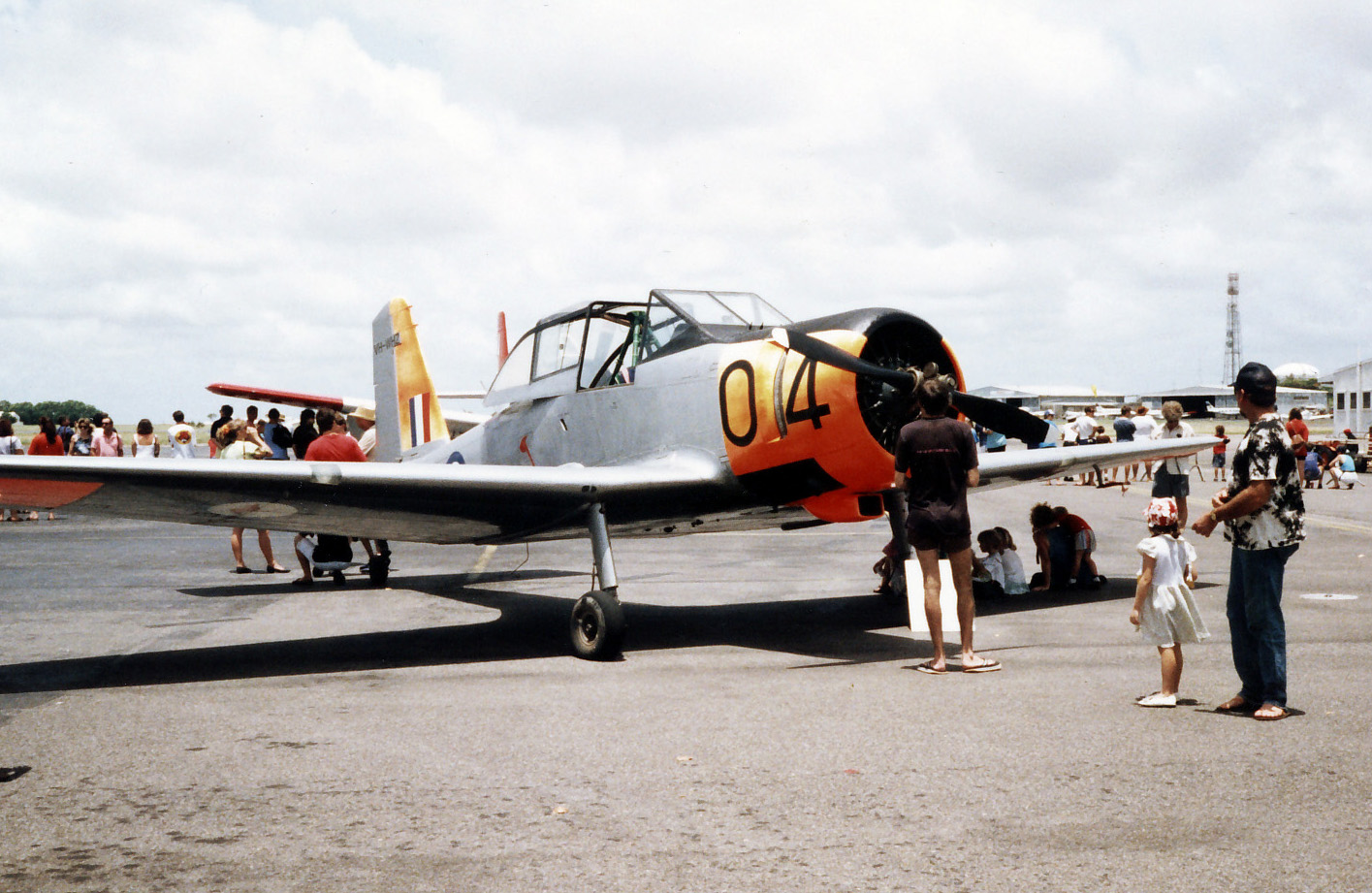
In 2010, following sale, the Winjeel flew to Sydney, and from there across the seas to her new owner in New Zealand. In New Zealand, following another ownership change, she joined the local civil register as ZK-WJL. GC Aviation of Taupo flew her in New Zealand from 2010 until 2014, but then the aircraft’s story gets a little bleak. In 2014, her owners grounded the aircraft, leaving her exposed to the elements in a paddock. The landing struts suffered deflation and paint work faded and peeled.
Stephan Bowtell heard about the unhappy Winjeel ‘on the grapevine’ several years ago, but initially dismissed the idea of ever being able to afford her acquisition. However, the seed was planted, and grew until he felt compelled to go to New Zealand to ‘have a look’ in August, 2016. Despite the Winjeel’s sorry state, Bowtell saw her promise and purchased the aircraft. In October 2016, following a week-long effort to carefully dismantle the aircraft, Bowtell had her packed into a shipping container for the sea voyage back to Australia. Winjeel ‘404 finally arrived ‘home’ that same month.
With a huge amount of support from friends in Toowoomba, especially by Wayne Milburn and Aerotec, it took all of 14 months to complete ‘404’s restoration. As is typical, the overhaul required a mass of associated paper work and documentation to be logged and maintained.
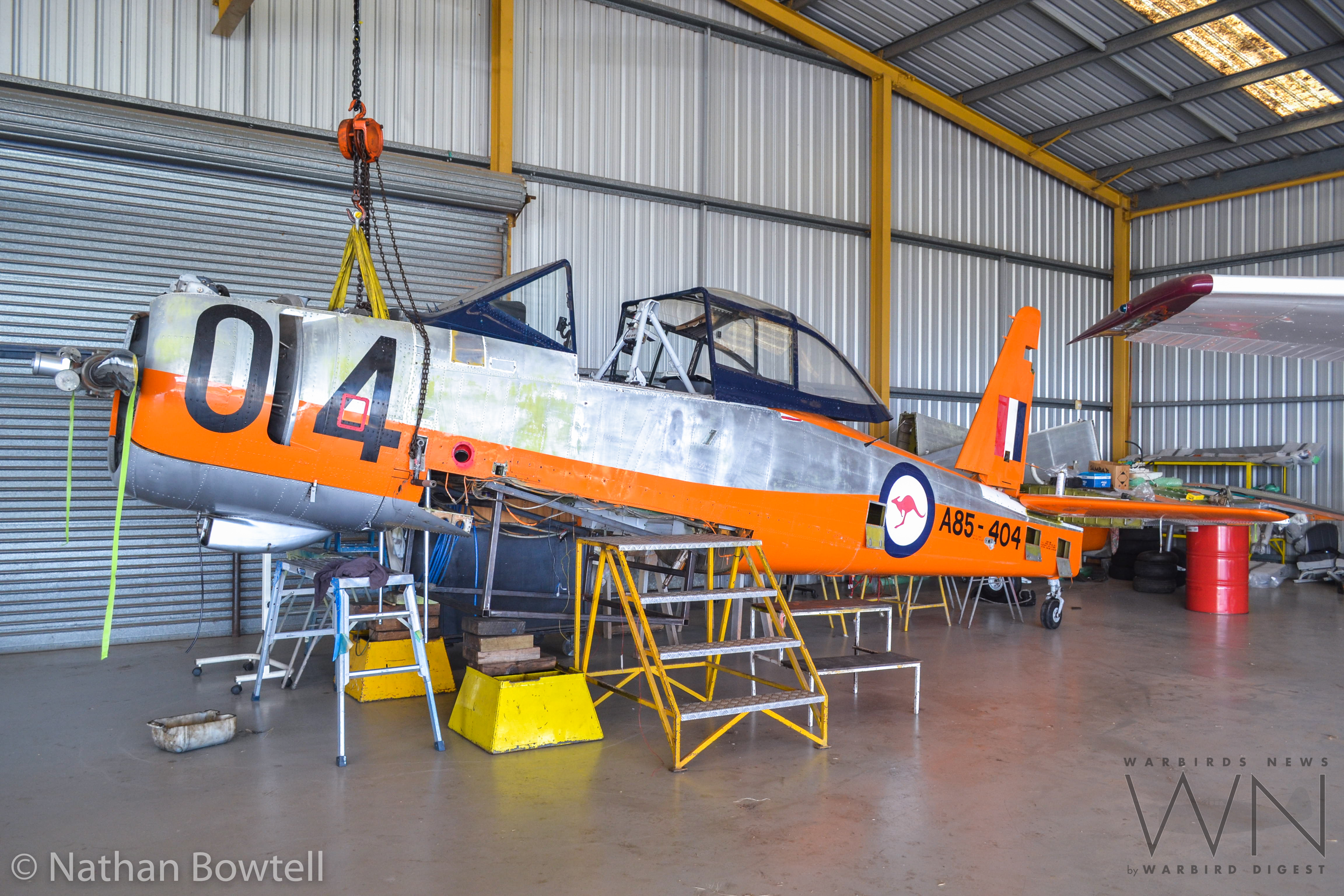
The aircraft required a complete overhaul to return to flight status. The initial task involved an intensive cleanup effort to remove years of dirt and grime from her sojourn in the paddock, not to mention the years of active life before that. Bowtell also had the centre section x-rayed to ensure its structure was intact. During the overhaul, the aircraft received all-new hardware, along with new control cables.
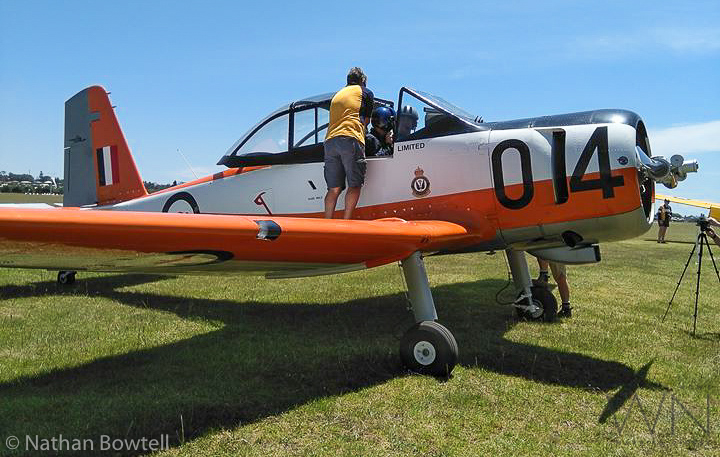
The Winjeel also needed a few replacement wing-attach fittings, which had to be manufactured from new, to original specifications. The undercarriage acquired new brakes, wheels and tires. The canopy perspex was badly crazed from years of exposure to sunlight, so this needed replacing too. Bowtell also had a new set of canopy top-side shades manufactured to original RAAF colors specs as well.
The aircraft’s low-time Pratt & Whitney R-985 engine, however, was in good shape thanks to the preventative maintenance by the airport engineers with her previous owners in Taupo, New Zealand. The propeller blades were inspected and just needed their seals replacing.
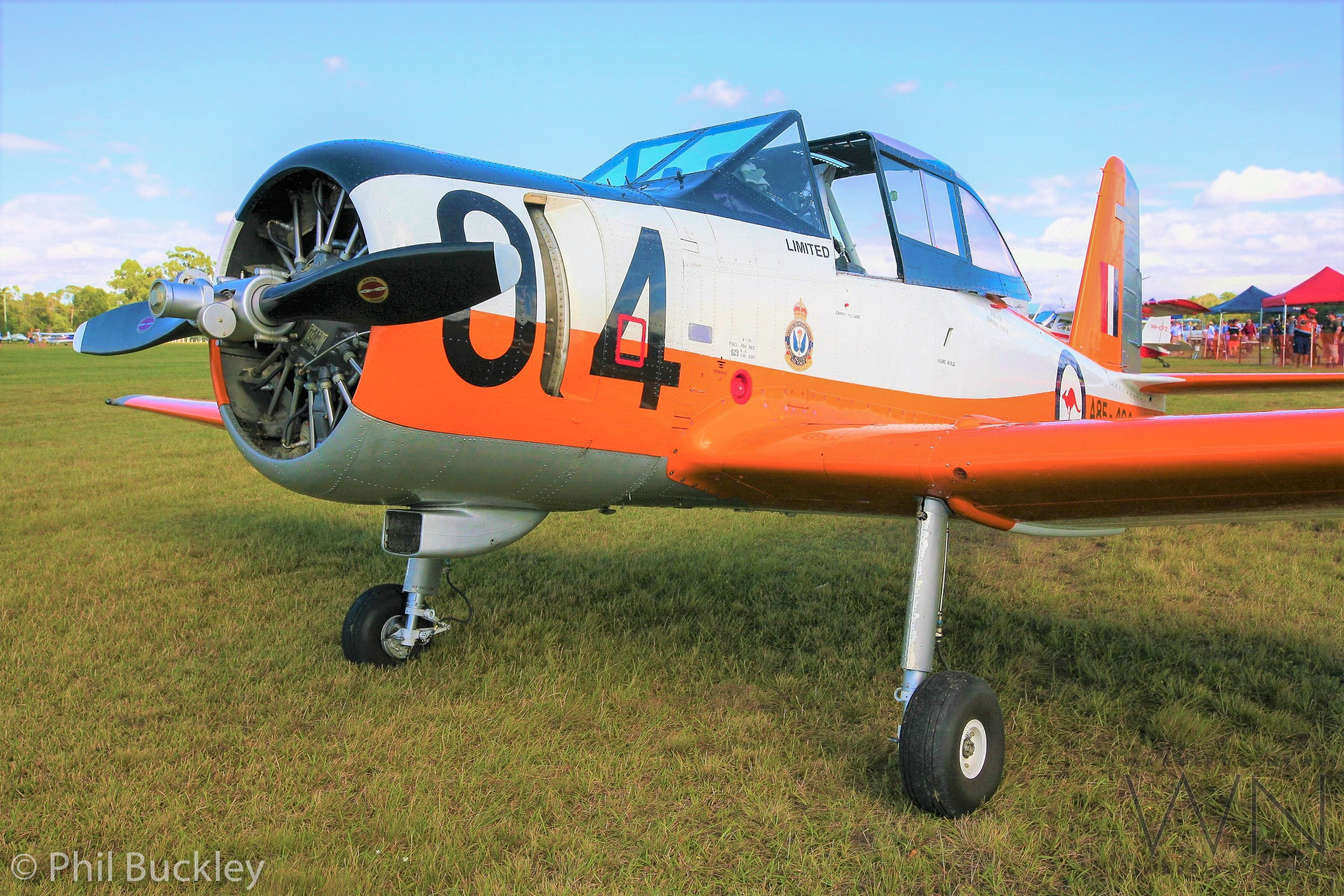
After a period of 14 months in overhaul at Aerotec, Winjeel A85-404, now back on the Australian registry as VH-NSJ, made her first post restoration flight this past January in Toowomba, Queensland. She has undertaken several local flights since that time, and as some readers may remember from Phil Buckley’s recent air show report, ‘404 took part in the TAVAS Great War Flying Display at Caboolture Airport, Queensland in April 2018. So it is clear that this fine aircraft is well on her way to a successful new flying career, albeit one for pleasure, in the land of her birth 63 years ago. Long may she fly!
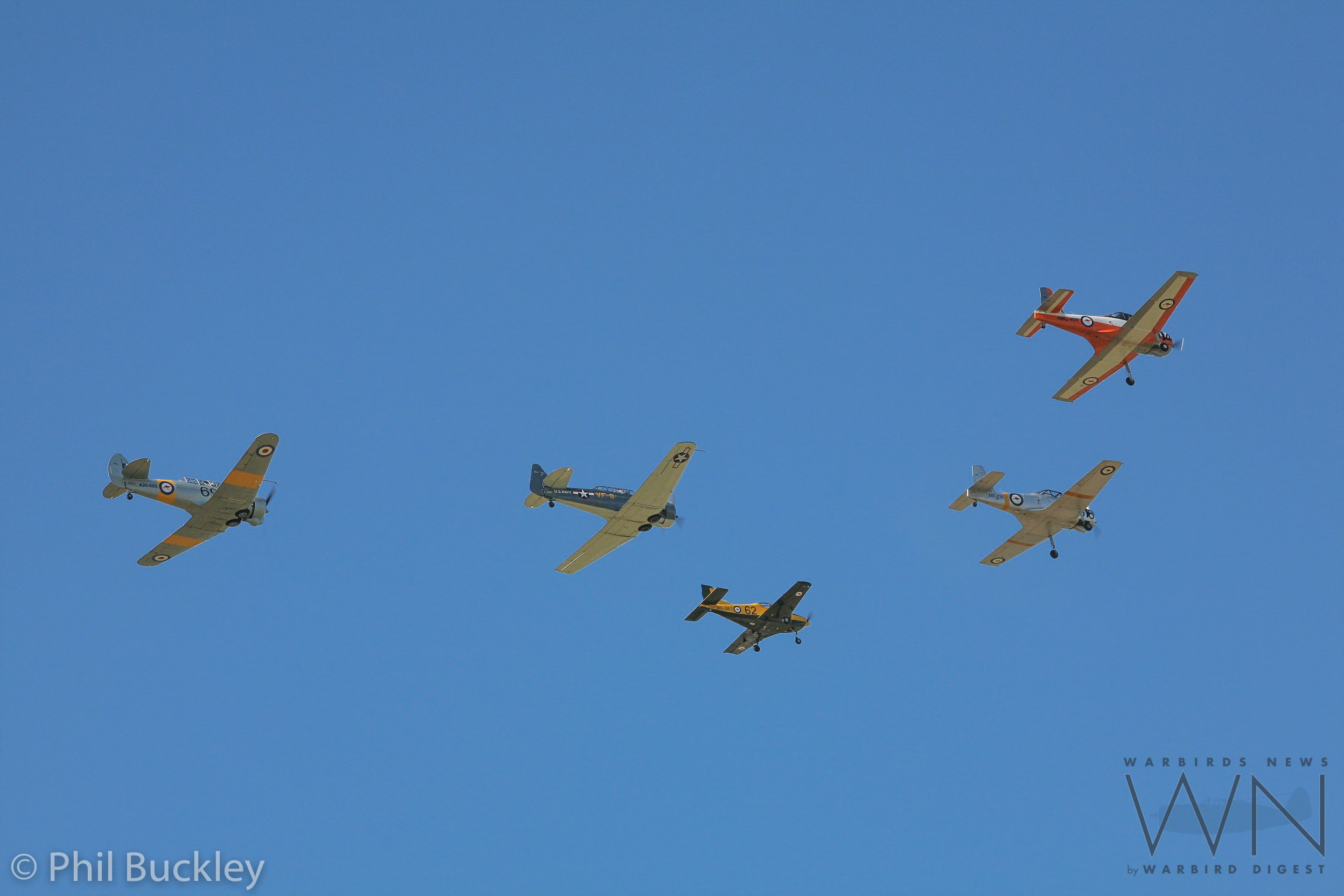
WarbirdsNews wishes to thank all involved with the creation of this story, and may Stephan Bowtell a long and happy future flying his restored vintage CAC Winjeel trainer.







